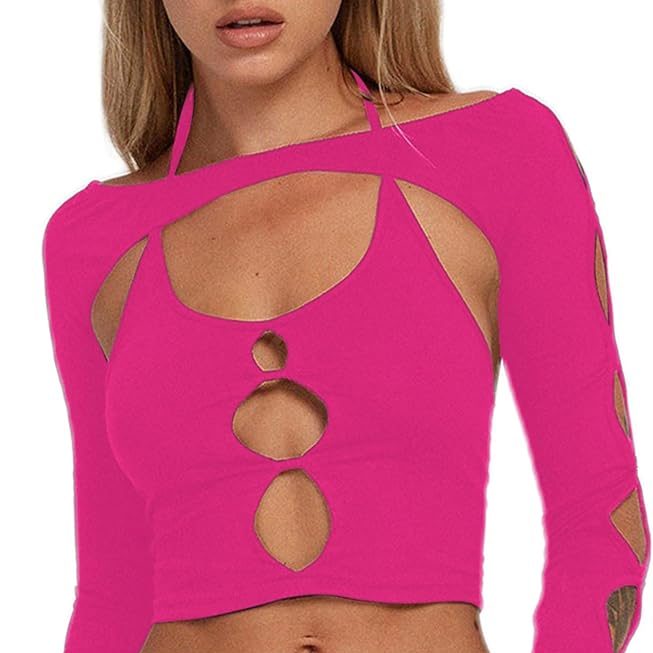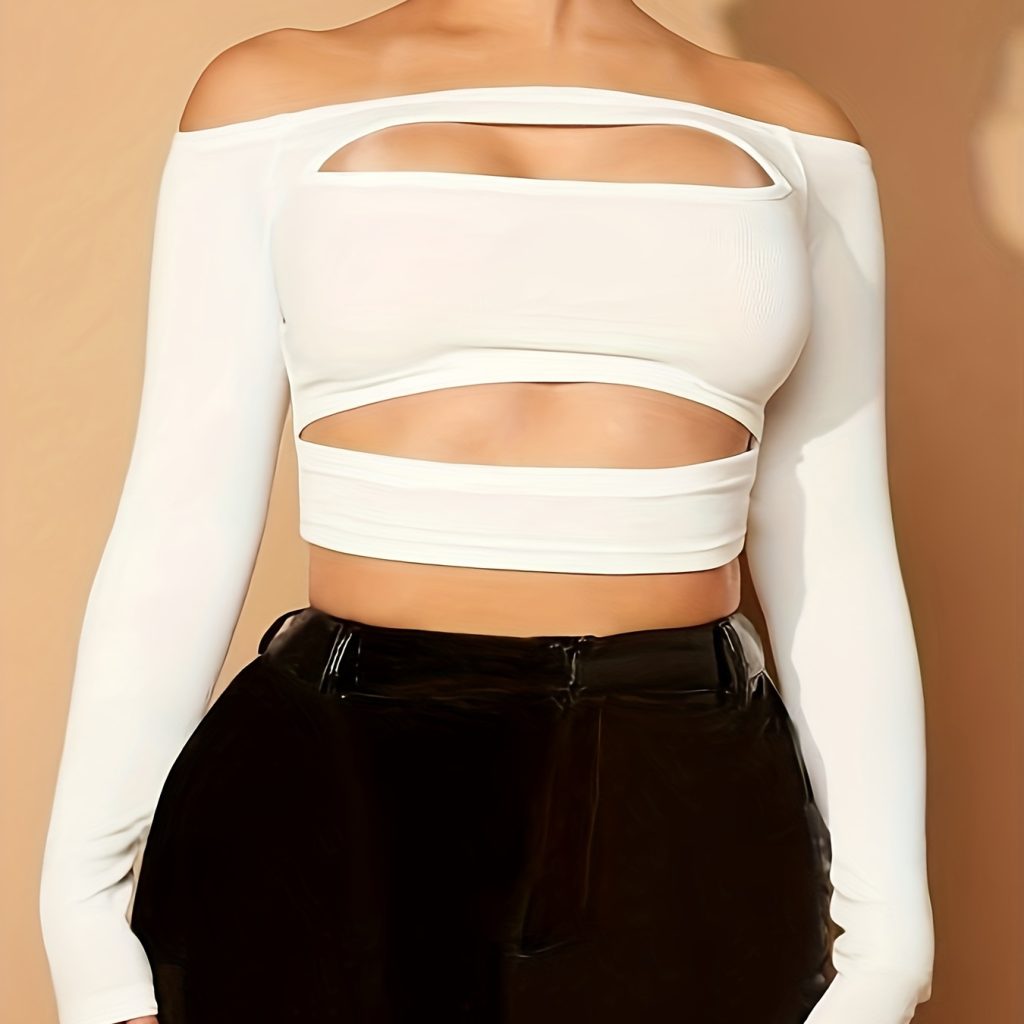Introduction
A cut-off shirt, often associated with casual, rebellious, and active lifestyles, is more than just a piece of modified clothing. This versatile garment has carved out a niche in fashion, sports, and everyday wear due to its practicality and aesthetic appeal. Whether it’s a DIY project from an old T-shirt or a pre-designed cut-off shirt from a retail store, this article delves into the cut-off shirt’s practicality, various applications, styling tips, and maintenance guidelines.
Material and Design
Fabric Choices
When creating or buying a cut-off shirt, the type of fabric plays a crucial role. Cotton is the most common choice due to its breathability and comfort. It absorbs sweat, making it ideal for workouts, casual wear, or hot summer days. Other popular materials include polyester and blends, which are moisture-wicking and durable, making them perfect for more intense physical activities. The fabric’s quality can affect the shirt’s durability and how it looks after multiple washes, so choosing the right material is essential for maintaining the shirt’s lifespan.
Seam and Edge Considerations
One of the defining features of a cut-off shirt is its unfinished edges. These can fray over time, adding to the shirt’s rugged and casual aesthetic. However, if you prefer a cleaner look, consider hemming the edges. This will reduce fraying and give the shirt a more polished appearance. Some retail versions come with pre-finished edges to combine the casual cut-off style with a more refined look. Regardless of your preference, edge treatment plays a significant role in the overall appearance and wearability of the cut-off shirt.

Versatility in Activities
Casual and Leisure Wear
The cut-off shirt is a staple for casual and leisure wear. Its sleeveless design offers maximum comfort and freedom of movement. Whether you’re heading to the beach, a casual barbecue, or just lounging at home, a cut-off shirt provides a laid-back, effortless style. Pair it with shorts, jeans, or even joggers for a relaxed and comfortable outfit. The cut-off shirt’s informal nature makes it a go-to choice for numerous casual settings, catering to a wide audience looking for style and ease.
Sports and Workouts
For sports and workouts, the cut-off shirt is highly practical. It allows for unrestricted arm movement, making it ideal for activities like weightlifting, running, or playing sports. The sleeveless design facilitates better airflow, helping to keep you cool during intense physical activities. Many athletes and fitness enthusiasts prefer cut-off shirts for their comfort and functionality. They can be paired with athletic shorts or leggings to complete an efficient, performance-oriented outfit. The material’s breathability and the design’s freedom make it a top choice for active wear.
Styling Tips
Street Style and Fashion
Women shirts can be effortlessly incorporated into street style outfits for a trendy, urban look. Pairing a cut-off shirt with skinny jeans and high-top sneakers creates a balanced look that’s both stylish and comfortable. Adding accessories like a cap or sunglasses can elevate the ensemble further. Graphic cut-off shirts featuring bold prints, logos, or slogans can make a strong fashion statement. The versatility of the cut-off shirt allows it to be a central piece in various street style looks, making it a must-have for fashion enthusiasts.
Layering Techniques
Layering with a cut-off shirt can add dimension and interest to your outfit. For a more polished look, wear it over a fitted long-sleeve shirt or under a casual blazer. This combination can provide an interesting texture contrast and make the cut-off shirt suitable for cooler weather or semi-formal settings. Layering with hoodies or denim jackets can add a rugged yet stylish vibe to your attire. The adaptability of the cut-off shirt allows it to be seamlessly integrated into layered outfits, making it a versatile addition to any wardrobe.

DIY and Customization
Creating Your Own Cut-Off Shirt
How to make a cut off shirt?
Adding Decorative Elements
To make your shirt stand out, consider adding decorative elements. Fabric paints, iron-on patches, or embroidered designs can add a unique touch to your shirt. You can also use tie-dye techniques for a splash of color or add distressed details for a grunge look. Decorative elements can transform a plain cut-off shirt into a trendy fashion statement. Adding studs, rhinestones, or fabric markers can further personalize your creation, ensuring that it’s a true reflection of your style and creativity.
Maintenance and Care
Washing Guidelines
Proper care can greatly extend the life of your cut-off shirt, preserving both its appearance and functionality. Given that the edges of cut-off shirts are often left unfinished, extra care is necessary to prevent excessive fraying and wear. First and foremost, always wash your cut-off shirt in a gentle cycle using cold water. This is crucial because hot water can cause the fabric to break down more quickly and the agitation of a vigorous wash cycle can exacerbate fraying around the cut edges. Utilizing a laundry bag is another effective way to protect the shirt during the washing process. The bag acts as a buffer, reducing friction between the garment and the washing machine, which can help maintain the structural integrity of the shirt’s edges.
It’s advisable to avoid fabric softeners. While fabric softeners may make the material feel softer, they can actually weaken the fibers over time, particularly in natural fabrics like cotton. This weakening can make the cut edges more prone to fraying and diminish the overall lifespan of the shirt. Once the washing cycle is complete, opt to air dry the cut-off shirt rather than using a dryer. The heat from the dryer can cause shrinkage and weaken the fabric’s fibers, leading to faster deterioration. Air drying, on the other hand, helps maintain the fabric’s integrity and appearance over time, ensuring that your cut-off shirt remains in peak condition for as long as possible.

Storing Tips
When storing your shirt, fold it neatly to avoid stretching the fabric, especially around the cut edges. If the shirt has decorative elements like paint or iron-on patches, store it inside out to protect these details. Keep the shirt in a cool, dry place to prevent color fading and fabric degradation. Proper storage is crucial for maintaining the garment’s shape, color, and overall appearance. Storing cut-off shirts away from direct sunlight and heat sources will help preserve their look and durability for a longer period.
Conclusion
The cut-off shirt is a versatile and practical garment that excels in various contexts, from casual and leisure wear to sports and workouts. Its adaptability in style and customization options make it a favorite for many. With proper care and creative styling, a cut-off shirt can be a valuable addition to any wardrobe. By choosing the right fabric, considering edge treatments, and following maintenance guidelines, you can enjoy the cut-off shirt’s comfort and style for years to come. Whether you’re a fashion enthusiast looking to make a statement or an athlete seeking optimal performance, the cut-off shirt offers a blend of practicality and versatility that’s hard to beat.


